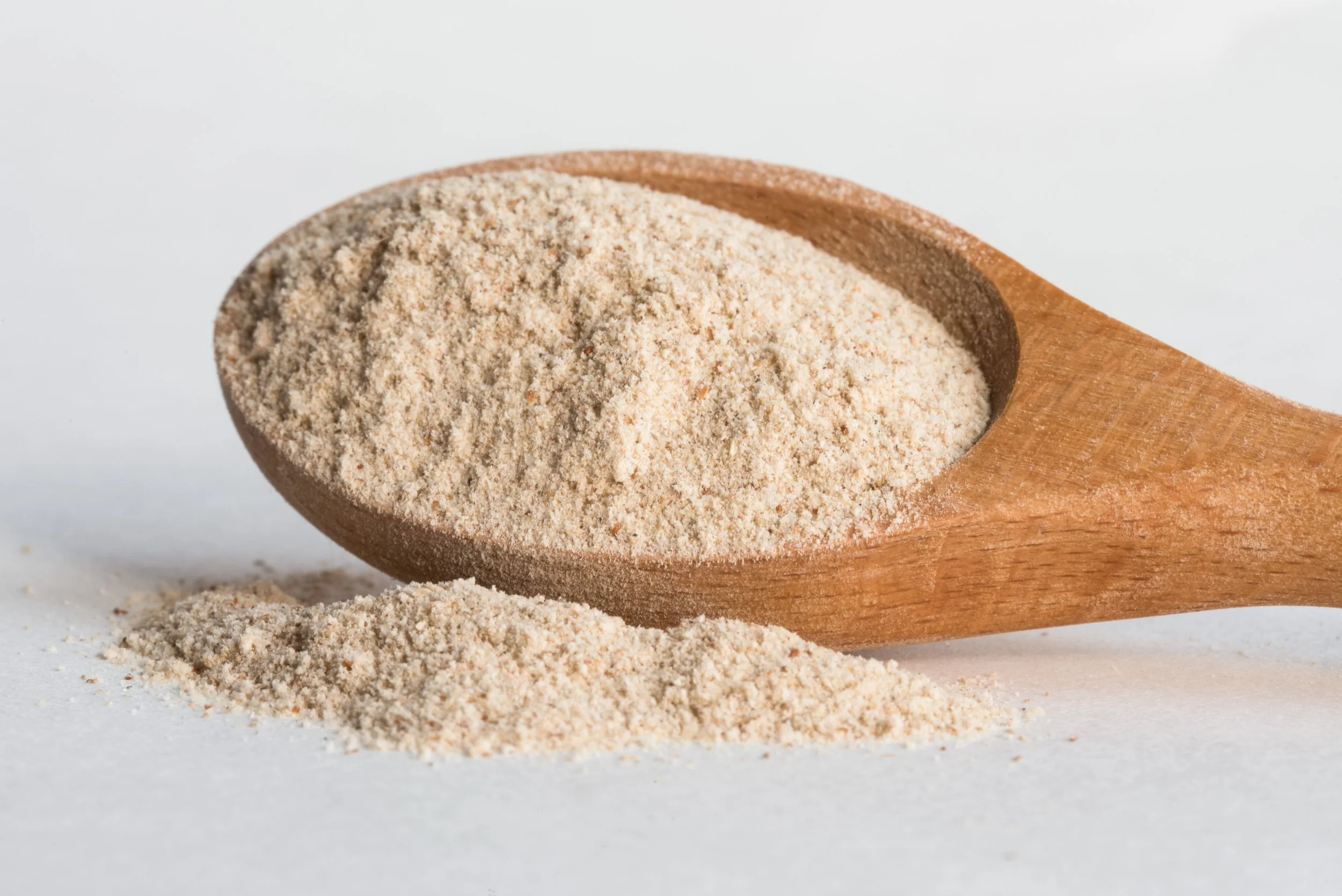EPISODE 1: PSYLLIUM HUSK
Exploring the Power of Psyllium Husk: A Simple Guide to Gluten-Free Baking
Psyllium husk might sound a bit fancy, but when it comes to gluten-free baking, it's a real game-changer. Picture it as a helpful friend, making your gluten-free recipes turn out just right. Let's dive into the basics!
What is Psyllium husk?
Psyllium husk comes from the seeds of the Plantago ovata plant and is the outer covering of the seeds of the Plantago ovata plant. No need to worry about the name – it's a natural ingredient with some great benefits for your baking adventures.
Psyllium Husk or psyllium blond?
The difference between the two types of seeds is simple: Blond psyllium mainly grows in India and Iran, while brown psyllium seeds come from the Mediterranean basin and the Middle East. For baking purposes it makes no difference which one you use. But you can imagine, that psyllium blond adds less color to your baked good and therefor often just looks better.
Why is it Great for Gluten-Free Baking?
Here's the cool part: Psyllium husk does a job similar to gluten in your recipes. Gluten gives dough its stretchiness, and psyllium husk steps in to help with that. It adds structure and flexibility, making your baked goods moist and not crumbly – perfect for gluten-free baking!
Psyllium husk isn't just about structure. It's also high in fiber, keeping your baked goods light and fluffy. And here's a bonus for those who don't use eggs – psyllium husk can replace them too! That means everyone can enjoy tasty, inclusive recipes.
How to Use Psyllium Husk
Using psyllium husk is a breeze, but there's a neat trick to make it work its magic. For every tablespoon of psyllium husk, add around 100-200 ml of water, depending on the recipe. Mix them together and let it sit for a bit – like a mini break for your ingredients. Soon, you'll notice it transforming into a stretchy paste, almost like gum.
Psyllium works best for baked goods such as bread, baguette, cinnamon rolls, buns, donuts, wraps, pita bread, etc. For cakes and cookies, you shouldn't use psyllium husk and should replace it with Xanthan Gum.
Now you can just add it to your flour mix and continue your recipe as usual.
Where to find psyllium Husk?
Now, let's chat about where to get this gluten-free helper – psyllium husk. You can pick it up from health food stores such as Alnatura in Germany, Naturalia in France, Planet Organic in England etc. or order it online for example from Iherb from the comfort of your home. Psyllium husk comes in different forms – there's the whole husk for a bit of texture, powder for easy mixing, and capsules for simplicity. For baking purposes, we recommend to only use the powder.
Key Takeaways
Psyllium husk might have a bit of an unusual name, but it plays a crucial role in your gluten-free baking. Say goodbye to dry, crumbly results and hello to a world of deliciousness. Ready to improve your baking game? Explore our recipes for example our gluten free cinnamon rolls and discover how psyllium husk can make a difference in your kitchen. Happy baking!


